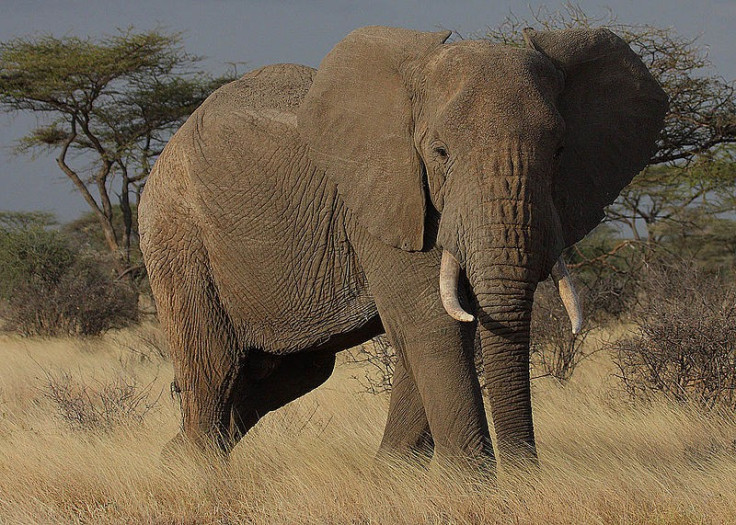Namibia: Desert Elephants 'Legally' Hunted to Solve Human-Animal Conflict

You can't miss an elephant, surely? How then does one explain conflicting counts of elephants in Namibia's deserts that vary between 100 and 600?
The official estimate of desert elephants is 600, a fact contested by the Conservation Action Trust that puts it at 100. Given the legal hunting permits issued to tackle conflict situations, this number may go down further.
A young elephant bull was 'legally' slain in Namibia recently in what the environment and tourism ministry sees as a solution to increasing human-animal conflict.
The ministry in its press release called the elephants "tourist attractions" and said all elephants in the country are "no longer rare… but only potentially valuable." It went on to note that the country is home to more than 20,000 elephants and that the region where the hunt took place has 391 elephants.
Namibia has reportedly sold nine hunting permits to foreign hunters for undisclosed amounts.
According to the Conservation Action Trust, there are only about 100 desert elephants left in Namibia, including just 18 adult males. The cull would remove half of those males, resulting in behaviour problems in the future and possibly a loss of the population's unique mannerisms.
Desert elephants, which can only be found in Namibia and Mali, are not a separate species or subspecies but are uniquely adapted to arid environments. The animals have thinner bodies and wider feet than their savanna counterparts.
Among their unique mannerisms is the way they dig wells using their feet and trunks to access water beneath the surface of dry sandy riverbeds. This behaviour is observed even in areas where surface water is readily available. They also routinely damage borehole infrastructure to access water, even when water is available in artificial drinking pools. A study found that these behaviours are attempts by elephants to access less contaminated drinking water.
Although elephants used to roam throughout most of western Namibia, they were reduced to fewer than 300 animals by the early 1990s from over-hunting. Since then, protected under Namibia's law and conservation organisations, they have expanded their range and numbers, leading to increased instances of conflict.
© Copyright IBTimes 2025. All rights reserved.





















